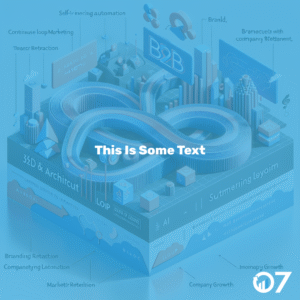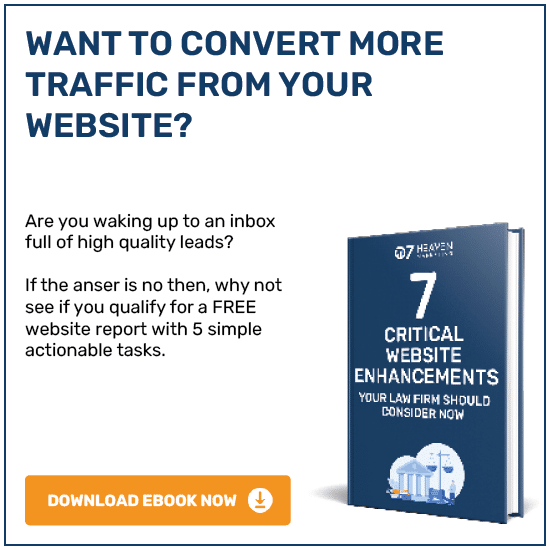Within this blog we look at the ‘3 Pillars of Inbound Marketing’ and the positive effects they can have on your business if executed correctly.
Inbound marketing is all about gaining exposure within the digital world. Its core efforts focus on attracting prospects to a website through natural, organic means, rather than using outbound strategies such as cold calls or emails. This is achieved by supplying the digital world and potential customers with quality content designed to draw attention towards your brand.
The term ‘inbound marketing’ has become more prominent in recent years because the way a customer buys a product or service has changed. They no longer want to be sold to, instead people are now using the internet to make informed decisions about which product or service is right for them and are then buying it at a time convenient. Your potential customers use the internet to review, compare and research brands that can provide a solution to their problem.
If done correctly, an inbound marketing strategy utilising the 3 pillars of inbound marketing can enable you to turn a stranger into a visitor; a visitor into a lead; a lead into a sale; and a sale into a vital brand ambassador.

So, what are the 3 pillars of inbound marketing?
SEO, Content Creation and Social media.
Pillar 1: Search Engine optimisation (SEO)
Good Search Engine Optimisation (SEO) is the first pillar within the inbound marketing process; essential in ensuring that your brand is found in online search results for the correct keywords. This will, in turn, attract quality leads to your website.
SEO is a collection of methods that allow your website to appear on search results pages without paying to appear there. This is called organic search results. Organic search results are determined by the search engine that you are using. Each search engine will have its own set of algorithms on how it will rank content.
SEO applies techniques which cause the search engine to favour your website when the algorithms are crawling and indexing pages online. These techniques include: Keyword Optimisation, Technical SEO and On-Page. Read our blog for a better understanding of these techniques.

Pillar 2: Content Creation
Great content is what will bring leads to you and help your potential customers solve their problems. You should be consistently producing quality, useful content, whether it be eBooks, social media posts, blog posts, or website copy.
Blogging is super helpful and will build trust and loyalty. By doing this, you can turn your online visitors into customers and brand ambassadors. According to HubSpot, marketers who have prioritized blogging are 13 times more likely to enjoy positive ROI.
Potential customers will be drawn to your blog if it is a hub of information, they can use to solve their issues, therefore is vital to focus on common problems and pain points of your customers at each stage of the buyers journey.
To focus your efforts successfully, marketers utilise the ‘buyer Persona’. This is a fictional representation of your best-fit client. You may want to think about the following points:
- What is their typical job title?
- What is their average age?
- Do they primarily live in urban or rural areas?
- What is their education level and degree, if any?
- What problems are they trying to solve?
- Are there any distinguishing demographic characteristics?
Once you have created your buyer persona, creating a content strategy to delight your potential customers becomes an easier process. Having this sort of strategy allows you to be a thought leader in the industry, with tonnes of credibility.

Pillar 3: Social Media
Your social media profiles are the ultimate tool for establishing personalised one-to-one relationships with relevant prospects. If you bombard your followers with promotional posts, chances are you will have noticed a serious lack of engagement and maybe a loss of followers.
According to a recent article posted by Forbes, 78% of consumers say companies’ social media posts make a direct impact on their purchases. It also highlights that 81% of consumers’ purchasing choices are influenced by their friends’ posts on social media.
In other words, it is the experience people have with your brand, and what others are saying about you, that help drive conversions. Social media helps to build a collective of ambassadors who will engage and influence on your behalf, meaning your product will reach a wider audience.

The 3 Pillars of Inbound Marketing
Inbound marketing is the marketing of the future. Utilise the 3 pillars of inbound marketing to ensure you are maximising your businesses lead conversion potential.
For further insights and guidance, we invite you to explore our blog at 07hm.co.uk/blog. Here, you’ll find a wealth of information tailored to the needs and challenges of SMEs navigating the digital landscape. Additionally, if you have specific questions or need personalised advice, don’t hesitate to reach out to us via email at info@07hm.co.uk or telephone on 01702 410663.






